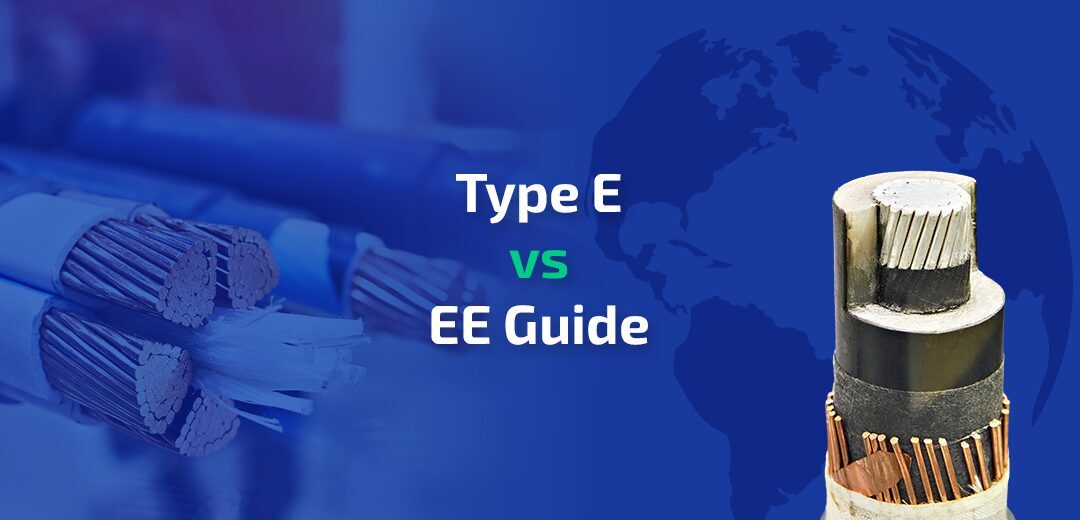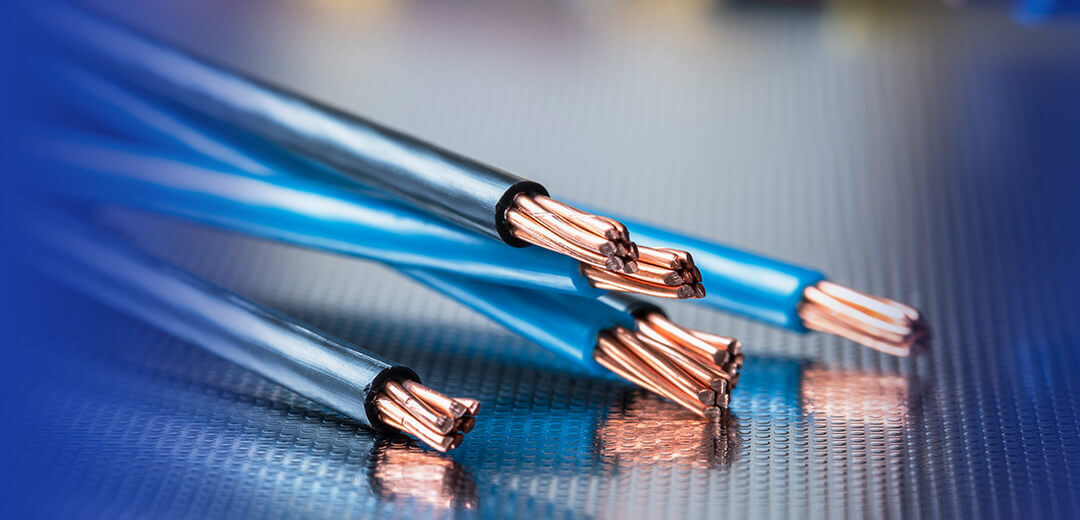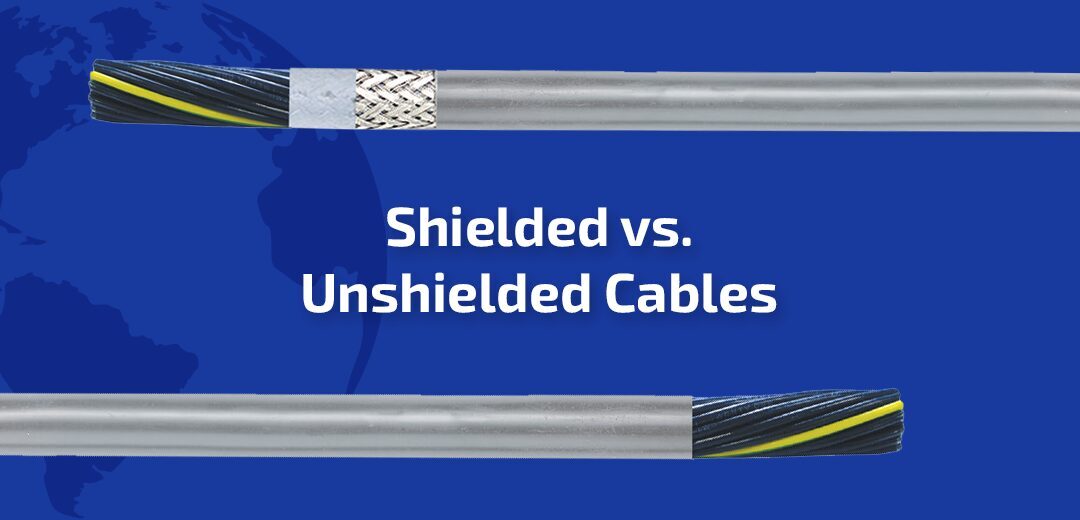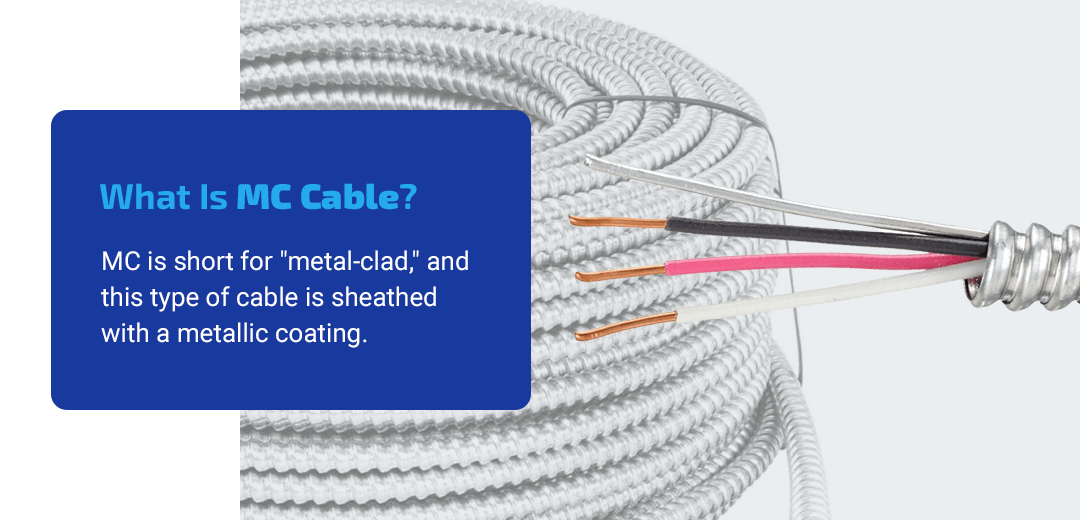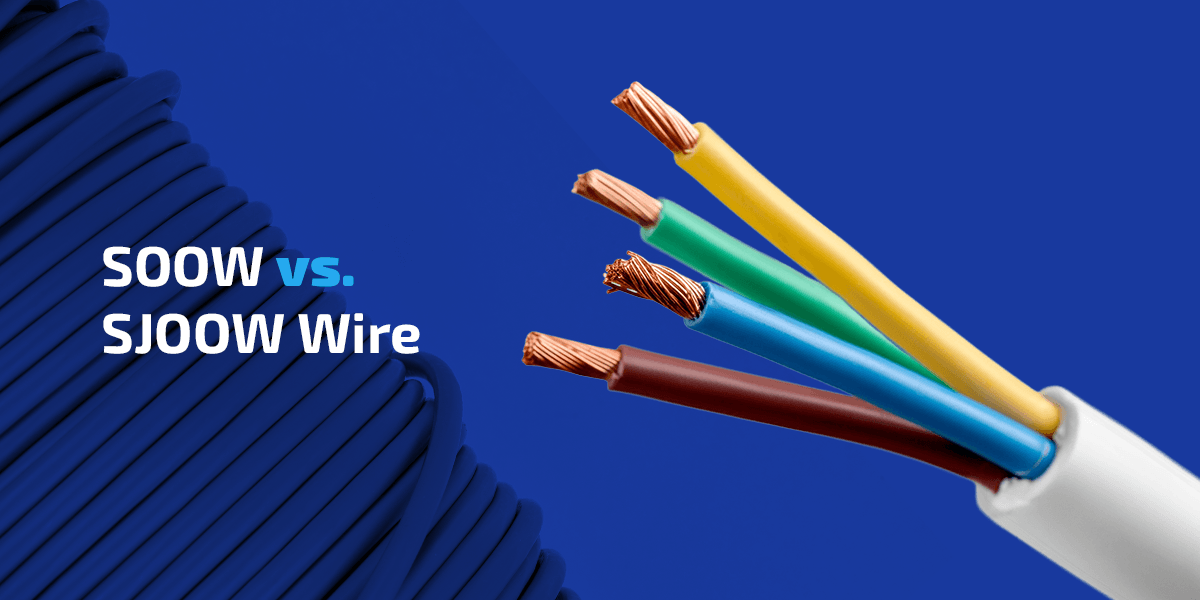Type E vs. EE Guide
Industrial and specialized applications frequently need Type E and EE wires for their robust, flexible properties. Both wire types have outstanding resistance to heat and chemicals, excelling in challenging conditions. Type EE offers even more durability and longevity with its additional insulation layer. This guide will explore these wire types, including their specifications, standards and…
Copper THHN Wire Guide
Copper THHN wire is a popular choice for indoor or outdoor projects in both residential and commercial spaces. Its protective coating ensures it stands up to high heat and wet conditions — the exact properties you need in electrical applications. As there are several types and sizes of copper THHN wire, we’ve compiled a guide…
Burndy® Product Guide
When you embark on an electrical project, selecting the best crimping tool, lugs and other components can streamline your workflow and contribute to your success. As a leading manufacturer of mechanical, compression or hand tools, Burndy® is a popular option for many projects. These crimping tools and lugs work effortlessly, creating reliable connections. Although the Burndy®…
Shielded vs. Unshielded Cables
Choosing between shielded and unshielded wire involves comparing several factors, particularly the level of surrounding interference. You must assess the fundamental differences, their best-suited applications (such as fire cable), budgetary allowances, cable flexibility and its ability to shield against electromagnetic interference. Shielded cables are typically more expensive, bulkier, less flexible and intended for harsher environments…
UL1283 Wire Guide
UL1238 is a type of hookup wire with a strong temperature rating and exceptional flexibility. Used for internal and external applications, UL1238 wire features stranded tinned copper and higher voltage capabilities than many other types of hookup wire. It also passes many safety standards and is prevalent in appliances. Continue reading to learn more about…
What Is PTFE Wire?
PTFE wire is made of fluorinated thermoplastic insulation that is flexible, nonreactive and hydrophobic. That means it can bend extremely well without damaging the wire or the coating, and it resists ingress by chemicals and water. These qualities are critical in a wide range of devices. A more extensive list of PTFE’s protective properties includes…
What Is XHHW Wire?
Each letter in the acronym for XHHW refers to a different component of its construction: X: The X refers to cross-linked polyethylene (XLPE) insulation. It provides much of the wire’s toughness and durability, even in very low or high temperatures. HH: High heat resistance is important in many different environments. XHHW-2, the modern version of XHHW,…
What Is Kynar Wire?
A lot of people like to use Kynar wire because it is small but mighty. For instance, the Kynar 28 American Wire Gauge (AWG) type can handle up to 36 volts of power with a resistance of up to 5 amps. The Kynar jacket or insulation helps it fit into small spaces thanks to its thin construction. The conductivity is high, so the power supply…
What Is Copper MC Cable?
Copper MC cable gets its name from the aluminum wrapping on its jacket. ‘MC’ stands for “metal clad”, due to the cable being covered in a metallic coating. Contact Us Today Where do you use metal clad cable? The aluminum interlocked armor in MC cable helps it perform in a wide range of applications, including:…
SJOOW vs SOOW Wire
SJOOW and SOOW wires are some of the best multiconductor portable cords available to electricians on the market today. While these wires are both incredibly tough and suitable for multiple applications, they differ in significant ways. If you’re on the market for cables for a project, you may want to know more about these wires…

